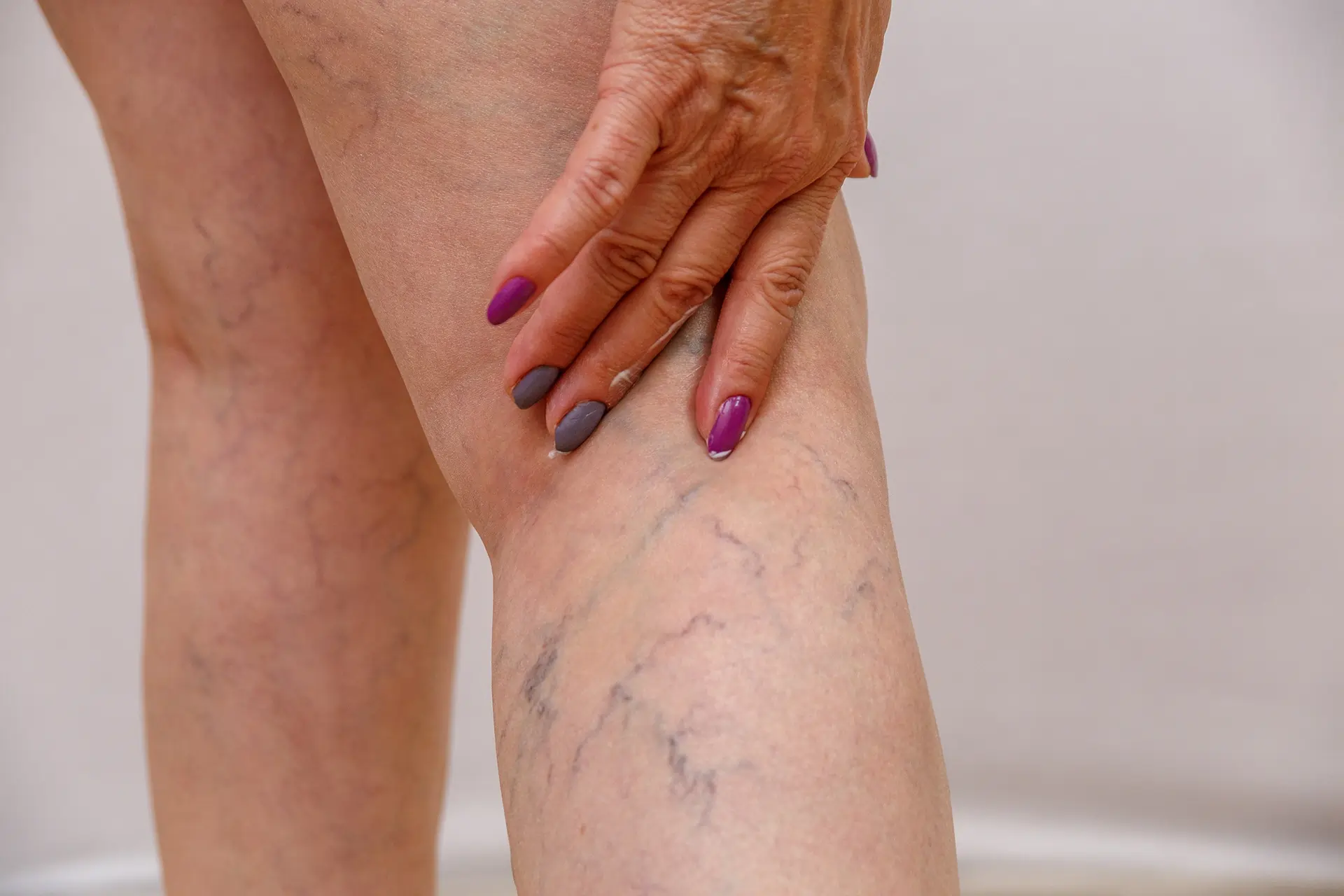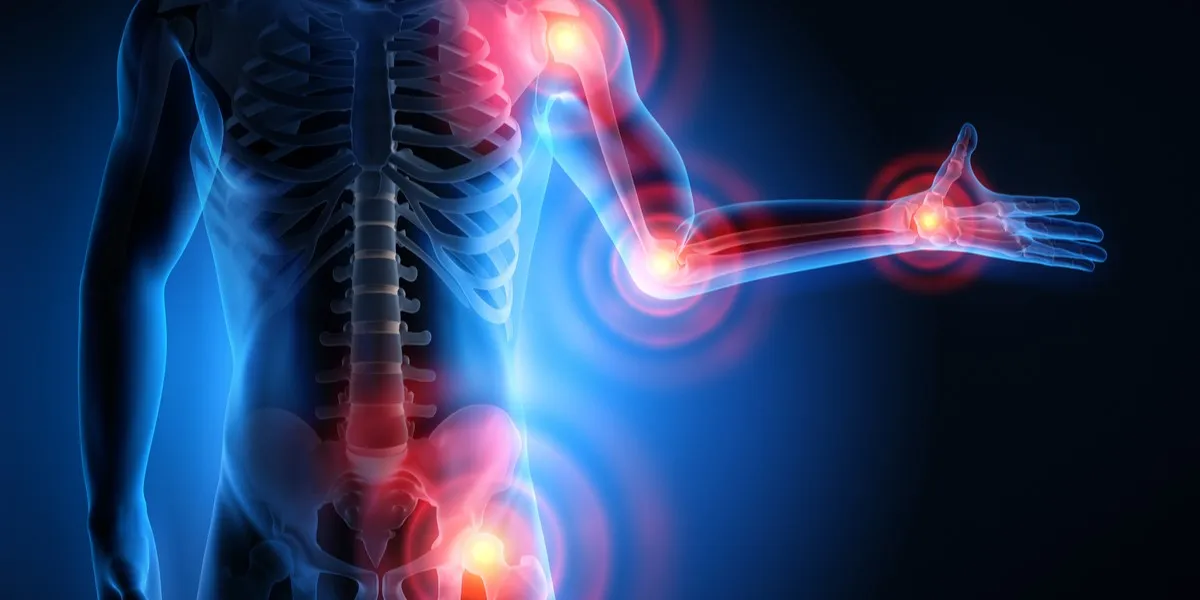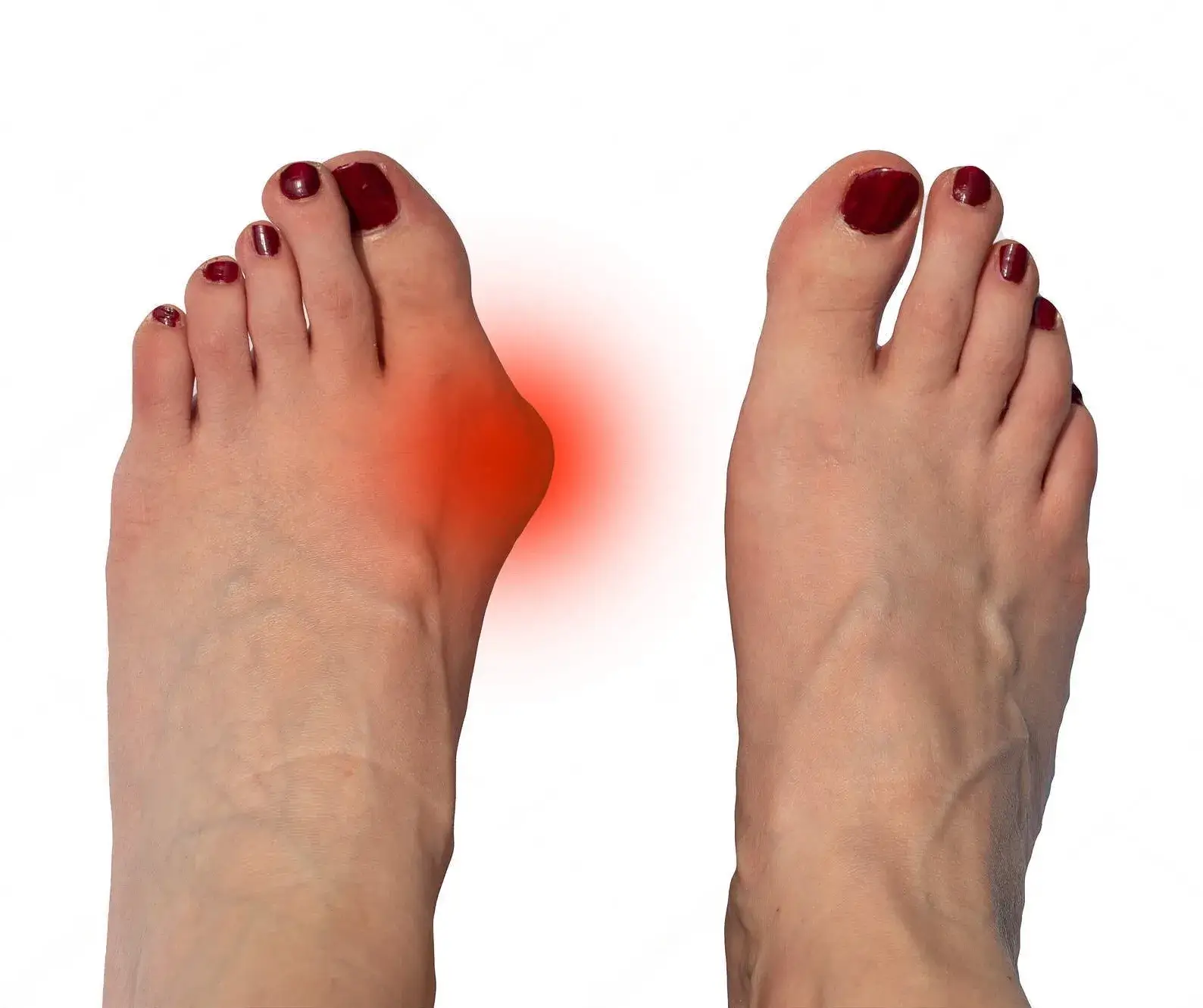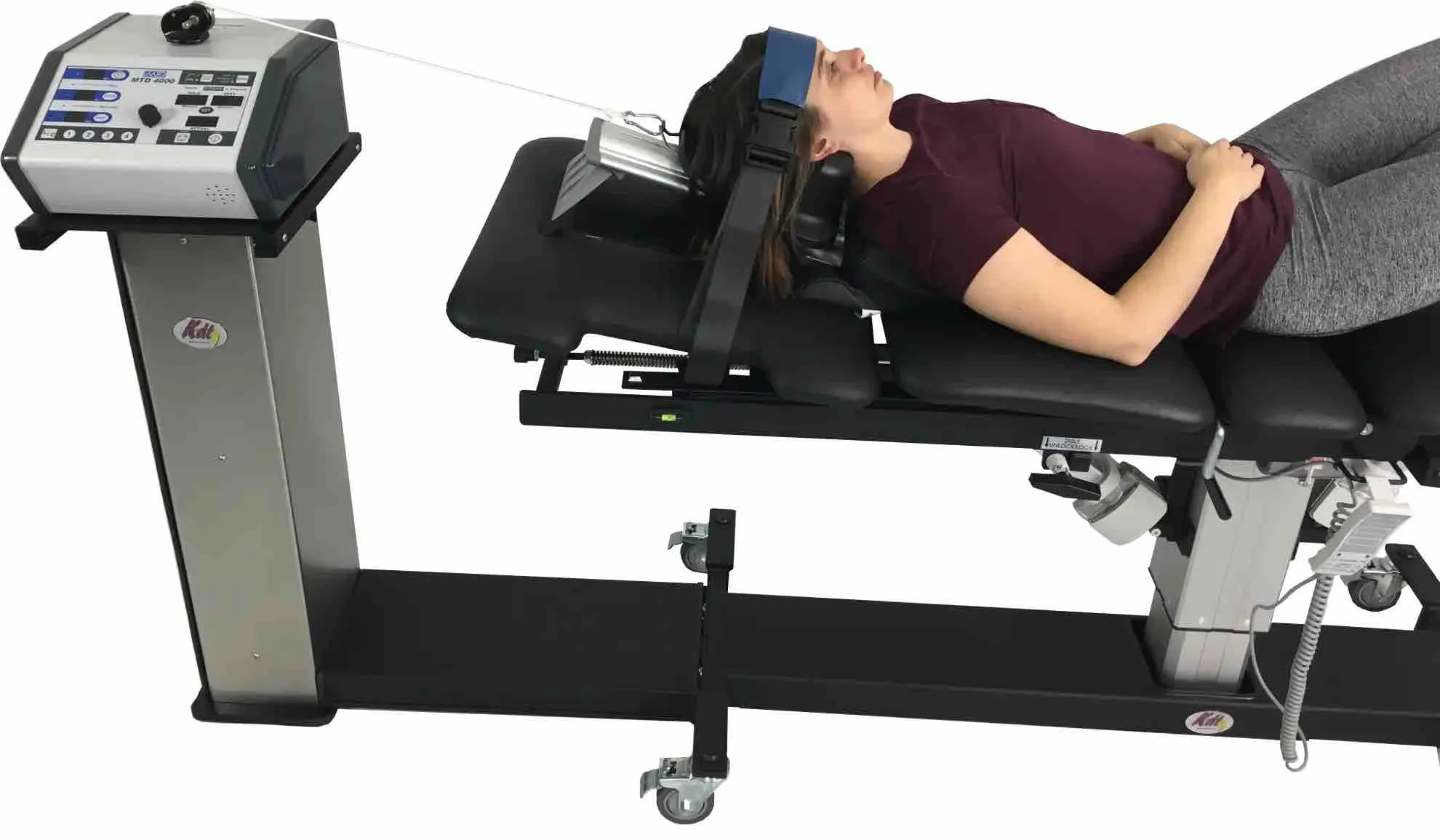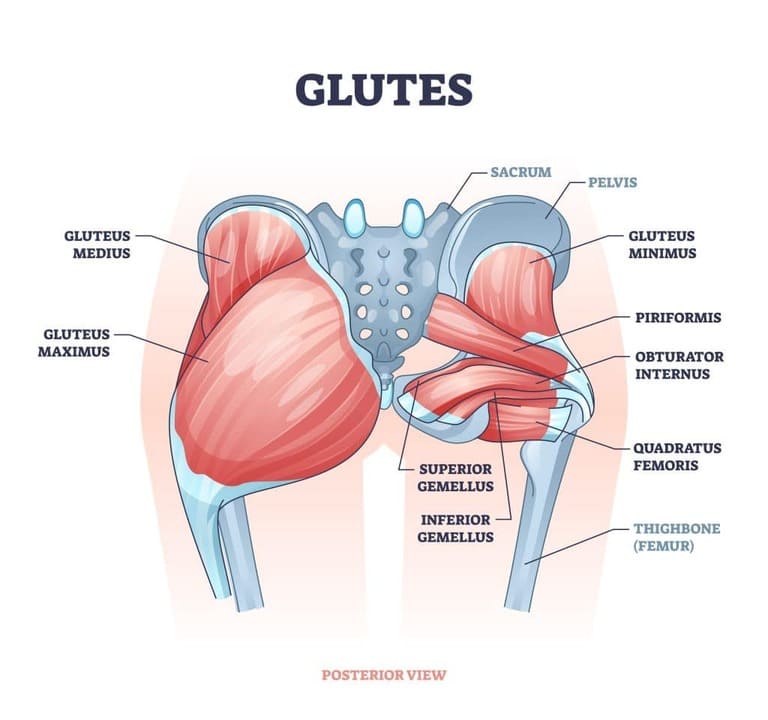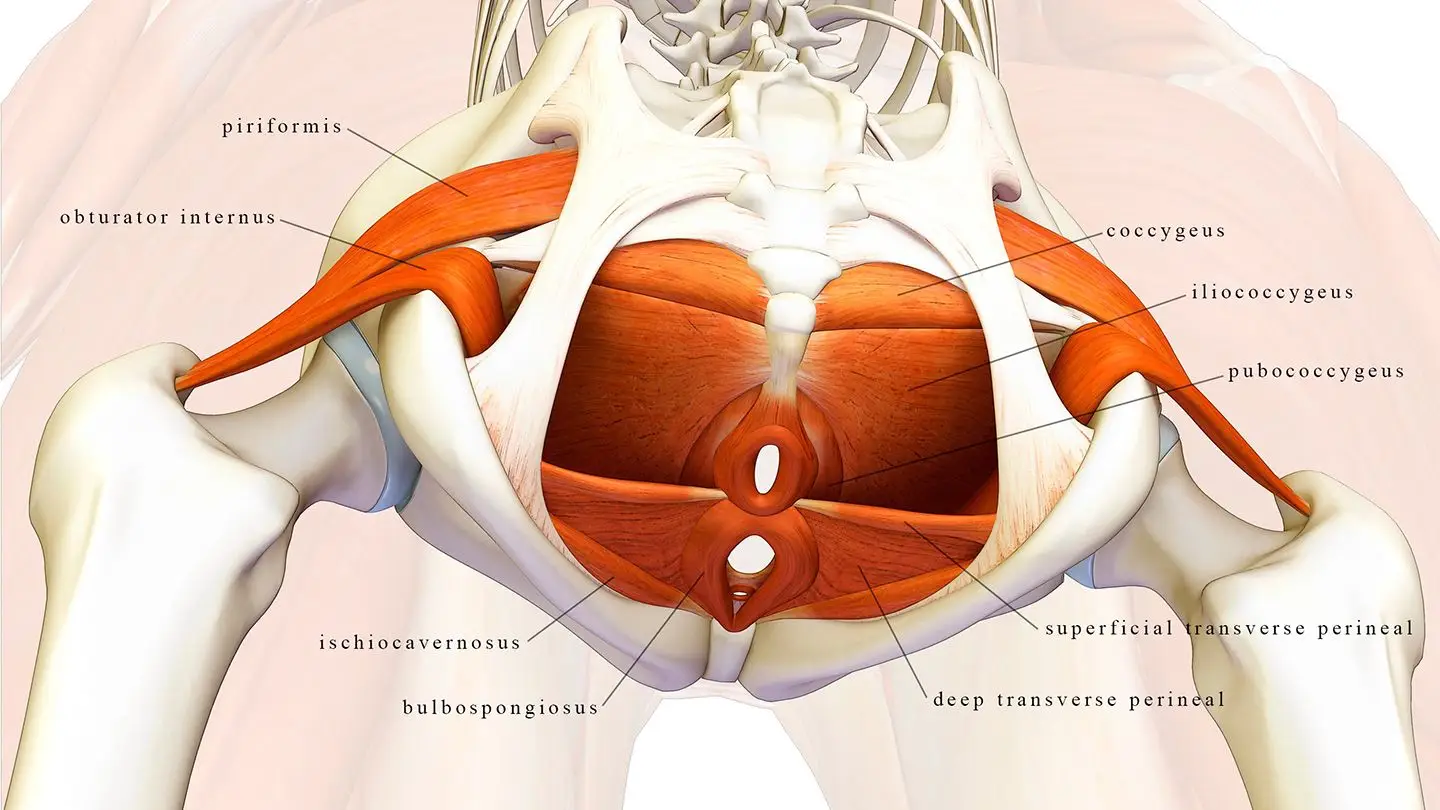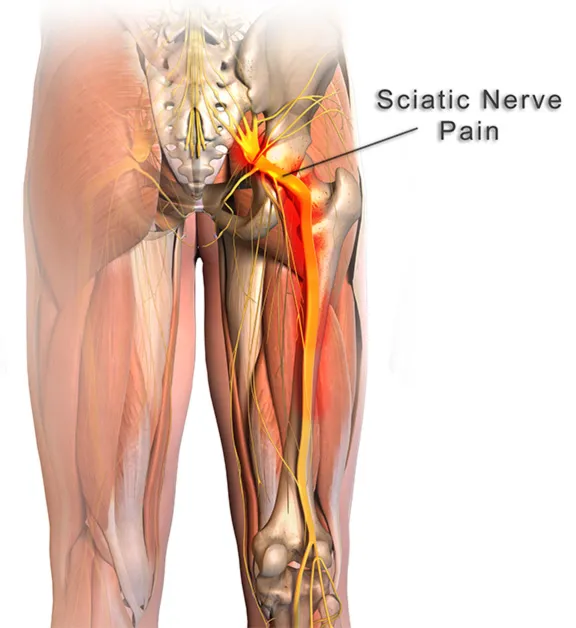
Overview
What is Shoulder Impingement?
Shoulder impingement occurs when the rotator cuff tendons become compressed by the bones of the shoulder joint, particularly the upper part of the shoulder blade (scapula). This condition, often referred to a shoulder impingement syndrome, leads to pain and discomfort, especially during arm movement.Shoulder impingement is common among athletes, manual laborers, and people who engage in repetitive overhead activities.
The rotator cuff consists of four muscles that connect the shoulder blade to the upper arm bone (humerus), allowing you to lift and rotate your arm. These muscles are crucial for overhead movements and maintaining shoulder stability.
Because the rotator cuff sits in a narrow space between the upper arm bone and the shoulder blade, it can easily become irritated or “impinged” between these bones. This pinching leads to inflammation, pain, and reduced mobility in the shoulder.
If you are experiencing shoulder pain or difficulty moving your shoulder without discomfort, it’s important to visit a healthcare provider for proper evaluation and treatment.
Types of Shoulder Impingement Syndrome
Healthcare providers may categorize shoulder impingement into more specific conditions, including:
Rotator Cuff Tendinitis
Rotator cuff tendinitis is an inflammation or irritation of the tendons in the rotator cuff. The rotator cuff consists of four tendons that help move and stabilize the shoulder joint. When these tendons become inflamed—due to overuse, injury, or strain—it leads to swelling, which causes pain and limits shoulder movement. This swelling also reduces the space within the shoulder joint, resulting in impingement of the tendons.
Shoulder Bursitis
Shoulder bursitis refers to the inflammation of a bursa, which is a small fluid-filled sac that cushions joints. In the shoulder, a bursa located between the rotator cuff and the acromion (the top part of the shoulder blade) helps reduce friction during movement. When this bursa becomes inflamed, the swelling can cause discomfort and contribute to the impingement of the shoulder tendons, leading to symptoms like pain and limited mobility.
Acromion Deformity
The acromion is a part of the shoulder blade that forms the roof of the shoulder joint. In a healthy shoulder, the acromion is usually flat. However, some individuals may have a curved or hooked acromion, either due to genetics or as a result of bone changes with age. These deformities can lead to increased pressure on the rotator cuff, causing pinching and impingement. Additionally, the development of bone spurs in this area can further narrow the space and aggravate the impingement.
Symptoms and Causes
Symptoms of Shoulder Impingement
Shoulder impingement typically manifests as pain that primarily originates in the front of the shoulder. Individuals may experience:
- Tenderness: The affected area may feel sensitive when touched.
- Radiating Pain: Discomfort can extend from the front of the shoulder down the arm.
- Nocturnal Pain: Pain may intensify at night, disrupting sleep.
- Aggravated Symptoms: Certain movements can exacerbate pain, including:
- Raising the arm overhead.
- Lifting or lowering objects.
- Reaching for items.
- Lying on the side of the affected shoulder.
- Reaching behind the back, such as when accessing a pocket or unzipping a bag.
In addition to pain, some people may notice other signs, such as stiffness in the shoulder, swelling, or a sensation of popping or cracking during movement.
Causes of Shoulder Impingement
Shoulder impingement is primarily an overuse injury, often resulting from repetitive activities that place excessive strain on the shoulder joint and rotator cuff. This can happen due to:
Repetitive Motions: Engaging in activities that involve overhead movements, like certain sports or labor-intensive jobs, can lead to irritation and inflammation of the shoulder tendons.
Injury or Trauma: Sudden impacts from falls, accidents, or sports injuries can trigger impingement.
In some cases, shoulder impingement develops without a clear cause, referred to as idiopathic impingement.
Risk Factors for Shoulder Impingement
While anyone can develop shoulder impingement, certain groups are at higher risk. Individuals involved in athletics or physically demanding occupations are particularly susceptible. Common sports associated with shoulder impingement include:
- Swimming
- Baseball
- Volleyball
- Tennis
Occupations that require repetitive shoulder movements, such as:
- Construction
- painting
- Window washing
- Hanging wallpaper or drywall
can also increase the likelihood of developing this condition. Symptoms often emerge gradually, worsening over time as the shoulder sustains repeated strain.
Management and Treatment
Conservative Treatments
- Rest: Avoid activities that worsen the symptoms, particularly repetitive overhead motions.
- Ice application: Applying ice to the shoulder can help reduce inflammation and pain.
- Non-steroidal anti-inflammatory drugs (NSAIDs): Medications like ibuprofen can be used to manage pain and inflammation.
- Stretching and strengthening exercises: Physical therapy can focus on stretching tight muscles and strengthening the shoulder to improve function and reduce impingement.
Medical Treatments
- Corticosteroid injections: Steroid injections may be recommended to reduce inflammation and provide pain relief.
- Laser Therapy: Laser therapy can promote tissue healing by reducing inflammation and improving circulation to the affected area.
- Surgery: In severe cases, surgery might be needed to remove bone spurs or other structures that are contributing to impingement.
Prevention
Preventing shoulder impingement involves maintaining good shoulder mechanics and posture:
- Strengthening exercises: Focus on strengthening the rotator cuff and surrounding muscles to support shoulder stability.
- Proper posture: Keeping the shoulders back and avoiding slouching helps reduce strain on the rotator cuff.
- Avoid repetitive overhead activities: Whenever possible, minimize activities that put excessive strain on the shoulder joint.
- Warm-up exercises: Prior to any physical activity, warm up your shoulder with light stretches to prevent injury.
Care at York Rehab Clinic: Laser Therapy and Physiotherapy
At York Rehab Clinic, we offer comprehensive treatment options to manage shoulder impingement and promote healing.
Laser Therapy
Our advanced laser therapy uses targeted light energy to reduce inflammation, promote tissue regeneration, and accelerate healing in the shoulder tendons. This non-invasive therapy is effective in relieving pain and improving mobility in patients with shoulder impingement.
Physiotherapy
Our specialized physiotherapy programs focus on restoring shoulder strength and flexibility. We use tailored exercises to improve muscle balance, correct posture, and alleviate the pain caused by rotator cuff tendinitis. Our physiotherapists also incorporate manual therapy techniques to release tight muscles and improve range of motion.
At York Rehab Clinic, we prioritize a personalized approach to your care. Whether you’re recovering from an injury or managing a chronic condition, our experienced team will design a treatment plan to meet your individual needs. Visit us at 10825 Yonge St Unit 5, Richmond Hill, ON, or call 416-350-1940 to book an appointment.

